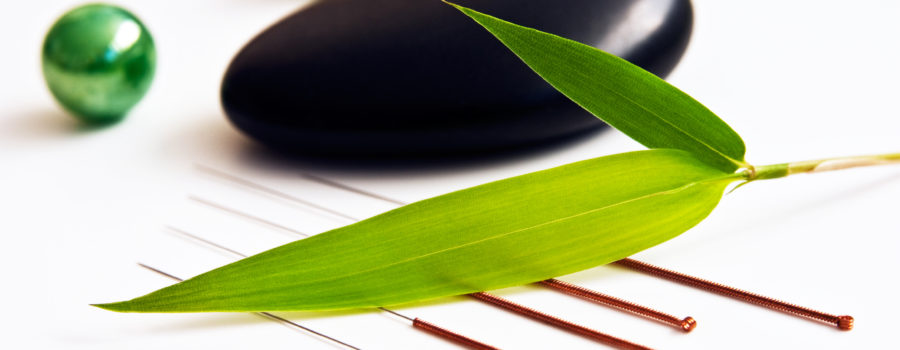At this point in history, evidence-based clinical trials for traditional Chinese Medicine provide modern “proof” that acupuncture is effective for a range of conditions. Back in 2003, the World Health Organization (the healthcare arm of the United Nations) endorsed the use of acupuncture for certain conditions. In 2017, the American College of Physicians recommended acupuncture as a first line of treatment for low back pain.
Though the mechanisms of acupuncture are elusive, we know that it induces a plethora of physiological responses: hormone levels, blood pressure, endorphin levels, glucose levels and even brain function can be affected. It isn’t like finding a needle in a haystack, it’s a haystack full of needles. Recently, scientists at New York University school of medicine discovered what may be considered a new organ. It spans all over the body and is a collagen and elastin, interstitial, fluid-filled network. The “interstitium” is also the level that acupuncture needle tips are inserted into. In the early 1960s, in North Korea, Bonghan Kim found primo-vasculature structures in several areas: the skin, the interior and exterior of large blood and lymph vessels, on organ-surfaces, inside various internal organs and inside the brain. He found corpuscles at acupuncture points and ducts along the channels. Unfortunately, in BH Kim’s research facility was shut down and he disappeared. A few studies have followed up on his research, but none have been formally recognized.
Functional MRI studies indicate that a point on the lower leg (GB 37), which is traditionally associated with vision, activates the visual cortex of the brain. Harvard?Mass General researchers found that acupuncture activates the limbic area of the brain, and they believe this to be one of acupuncture’s primary mechanisms. Still other theories propose fascial plane, local chemical soup, local nerve and nerve plexus mechanisms.




